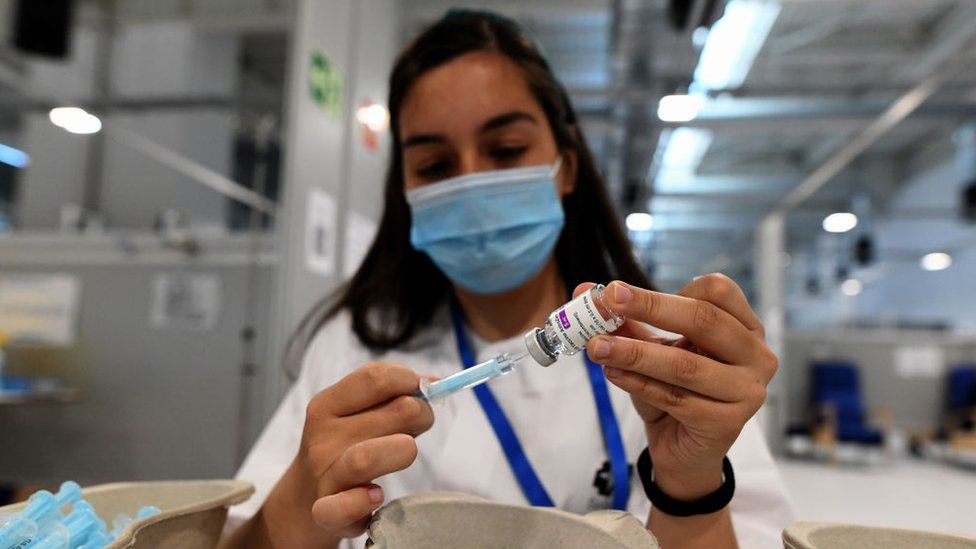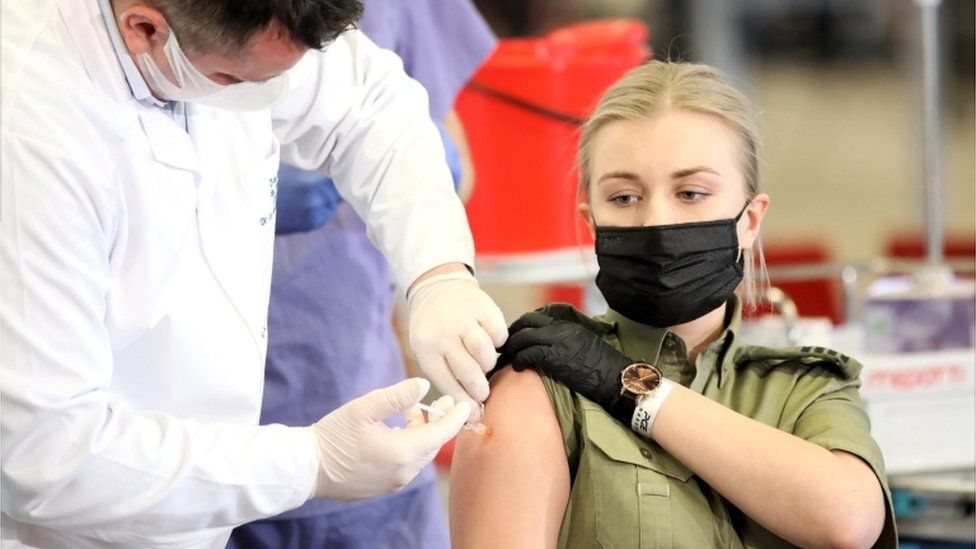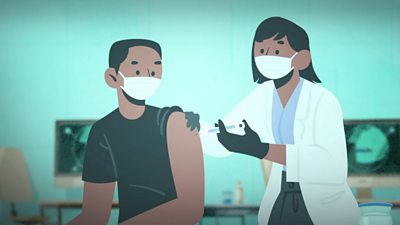Dining out is a popular activity worldwide, but there has been little research into its association with health outcomes. Investigators looked at the association between eating out and risk of death and concluded that eating out very frequently is significantly associated with an increased risk of all-cause death, which warrants further investigation. Their results appear in the Journal of the Academy of Nutrition and Dietetics, published by Elsevier.
Eating out is a popular activity. The US Department of Agriculture recently estimated that Americans’ daily energy intake from food away from home increased from 17 percent in 1977-1978 to 34 percent in 2011-2012. At the same time, the number of restaurants has grown steadily, and restaurant-industry sales are forecasted to increase significantly.
Although some restaurants provide high-quality foods, the dietary quality for meals away from home, especially from fast-food chains, is usually lower compared with meals cooked at home. Evidence has shown that meals away from home tend to be higher in energy density, fat, and sodium, but lower in fruits, vegetables, whole grains, and protective nutrients such as dietary fiber and antioxidants.
“Emerging, although still limited, evidence suggests that eating out frequently is associated with increased risk of chronic diseases, such as obesity and diabetes and biomarkers of other chronic diseases,” explained lead investigator Wei Bao, MD, PhD, assistant professor, Department of Epidemiology, College of Public Health, University of Iowa, Iowa City, IA, USA. “However, little is known about the association between eating meals away from home and risk of mortality.
Investigators analyzed data from responses to questionnaires administered during face-to-face household interviews from 35,084 adults aged 20 years or older who participated in the National Health and Nutritional Examination Survey 1999-2014. Respondents reported their dietary habits including frequency of eating meals prepared away from home. “We linked these records to death records through December 31, 2015, looking especially at all-cause mortality, cardiovascular mortality, and cancer mortality,” noted first author Yang Du, MD, PhD candidate, Department of Epidemiology, College of Public Health, University of Iowa, Iowa City, IA, USA.
During 291,475 person-years of follow-up, 2,781 deaths occurred, including 511 deaths from cardiovascular disease and 638 deaths from cancer. After adjustment for age, sex, race/ethnicity, socioeconomic status, dietary and lifestyle factors, and body mass index, the hazard ratio of mortality among participants who ate meals prepared away from home very frequently (two meals or more per day) compared with those who seldom ate meals prepared away from home (fewer than one meal per week) was 1.49 (95% CI 1.05 to 2.13) for all-cause mortality, 1.18 (95% CI 0.55 to 2.55) for cardiovascular mortality, and 1.67 (95% CI 0.87 to 3.21) for cancer mortality.
“Our findings from this large nationally representative sample of US adults show that frequent consumption of meals prepared away from home is significantly associated with increased risk of all-cause mortality,” commented Dr. Du.
“This is one of the first studies to quantify the association between eating out and mortality,” concluded Dr. Bao. “Our findings, in line with previous studies, support that eating out frequently is associated with adverse health consequences and may inform future dietary guidelines to recommend reducing consumption of meals prepared away from home.”
“The take-home message is that frequent consumption of meals prepared away from home may not be a healthy habit. Instead, people should be encouraged to consider preparing more meals at home,” concluded the investigators.
Future studies are still needed to look more closely at the association of eating out with death from cardiovascular disease, cancer, dementia, and other chronic diseases.
“It is important to note that the study design for this research examines associations between frequency of eating meals prepared away from home and mortality. While encouraging clients to consider preparing healthy meals at home, registered dietitian nutritionists might also focus on how selections from restaurant menus can be healthy. Tailoring strategies to each client by reviewing menus from restaurants they frequent can help them make healthy food choices,” added co-investigator Linda G. Snetselaar, PhD, RDN, LD, FAND, professor and chair, Preventive Nutrition Education, Department of Epidemiology, College of Public Health, University of Iowa, Iowa City, IA, USA, and Editor-in-Chief of the Journal of the Academy of Nutrition and Dietetics.
Read more →






